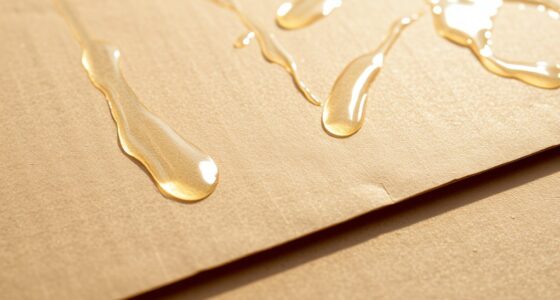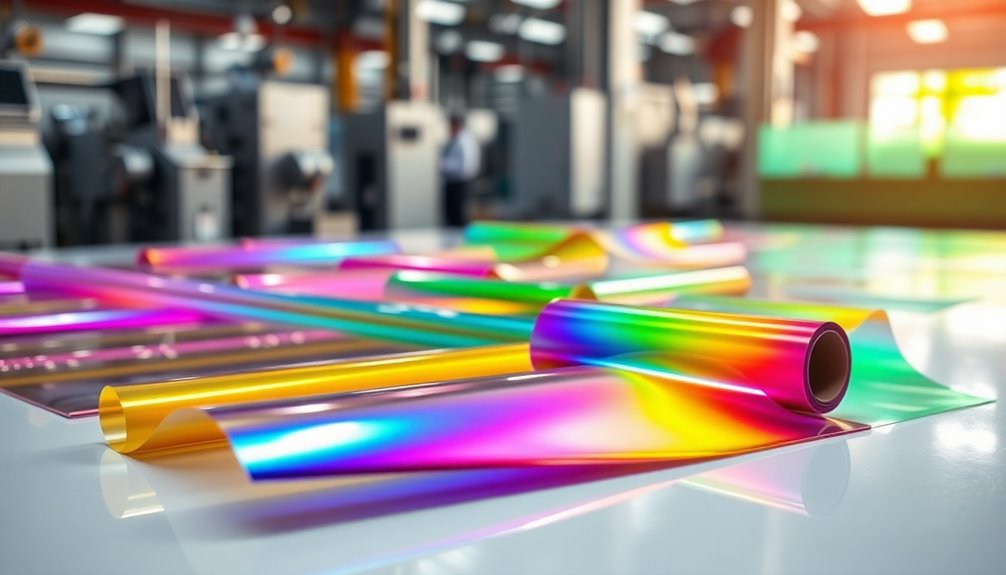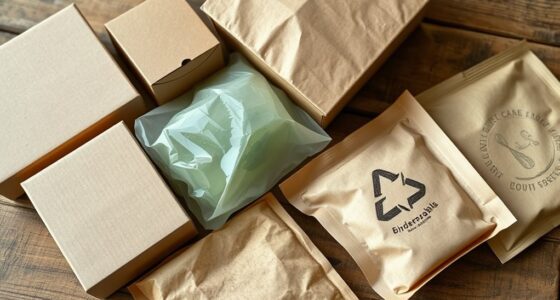PVC is all around you, often in unexpected places like pipes, flooring, and packaging. While it's durable and cheap, its presence comes with serious downsides. It releases toxic pollutants when produced and disposed of, contributing to environmental damage. You might be unknowingly exposed to harmful chemicals associated with PVC, which can lead to health issues, including cancer. Older PVC plumbing can even leach harmful substances into your drinking water. Understanding its hidden dangers and available sustainable alternatives can be crucial for your health and the environment, and there's much more to uncover about this ubiquitous material.
Key Takeaways
- PVC is a prevalent material found in everyday items like pipes, flooring, and packaging, often unnoticed by consumers.
- The harmful chemicals released during PVC production and disposal pose significant health risks, including cancer and reproductive issues.
- Aging PVC pipes in older homes can leach toxic substances into drinking water, raising serious health concerns.
- PVC's non-biodegradable nature leads to environmental pollution, making it a hidden threat in landfills and oceans.
- Alternatives to PVC, such as recycled metals and bioplastics, are gaining popularity as safer, sustainable options for consumers.
Pvc's Hidden Environmental Impact
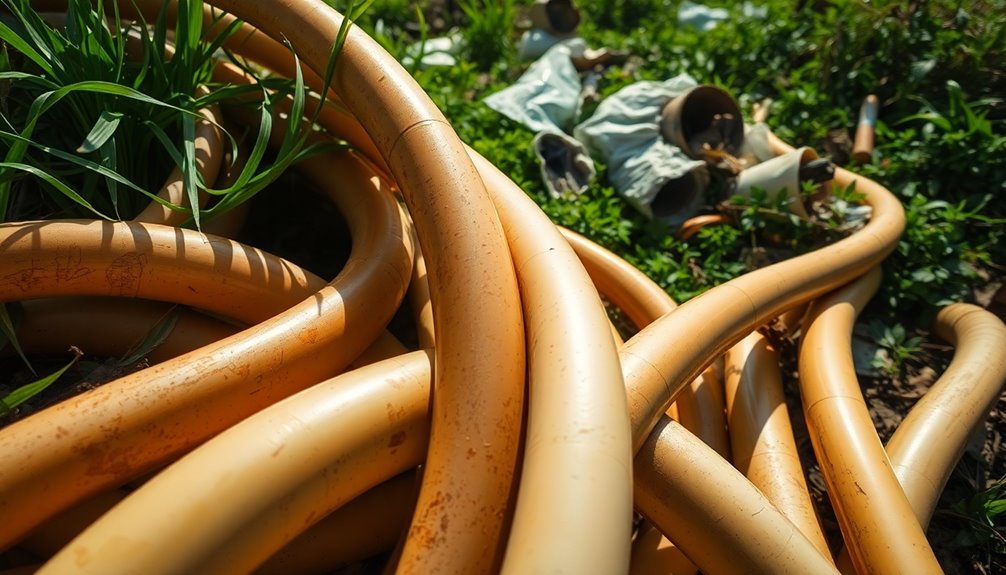
PVC's hidden environmental impact is often underestimated. While you might think of PVC as a simple plastic used in various products, its production and disposal raise serious concerns about environmental health. The process of making PVC releases significant pollutants, including toxic chemicals like dioxins. These harmful substances can accumulate in the food chain, threatening both wildlife and human health over time.
Moreover, PVC isn't biodegradable, meaning it sticks around indefinitely in our environment. You can find it littering landscapes and filling landfills, contributing to ongoing plastic pollution. The additives used in PVC can leach into soil and waterways, causing irreversible damage to ecosystems. This contamination poses serious risks to wildlife and disrupts natural habitats.
Recycling PVC is complicated, with few facilities equipped to handle it. As a result, most PVC waste gets dumped in landfills, further compounding its environmental impact. With PVC's widespread use across industries, it's become a top concern for sustainability advocates and regulators alike. By understanding these issues, you can make more informed choices about the products you use, especially when it comes to food packaging that may involve PVC.
Pvc's Chemical Composition Explained

Understanding the chemical composition of PVC reveals why it's such a widely used material. PVC plastic is a synthetic thermoplastic created from ethylene and chlorine through the polymerization of vinyl chloride monomer (VCM). This process starts with the electrolysis of saltwater to produce VCM, with about 13 billion kilograms produced globally each year.
The structure of PVC consists mainly of chlorine, carbon, and hydrogen, which lends it remarkable properties like high tensile strength and weather resistance. However, to enhance its versatility, manufacturers often add plasticizers, stabilizers, and other additives. One common plasticizer, phthalates, can leach from the material, raising concerns about human health, particularly regarding reproductive and developmental risks. Moreover, the presence of robust safety measures in the production process can help mitigate some of these health concerns.
While the chlorides in PVC contribute to its durability, the potential health implications of its chemical composition cannot be ignored. As you consider products made from PVC plastic, it's essential to weigh the benefits against these risks, especially if the materials are used in environments where they could affect health and safety. Understanding these components helps you make informed choices about the products you use every day. Additionally, the use of energy-efficient heat pumps can further enhance indoor air quality in spaces where PVC is prevalent, mitigating some of the health risks associated with its chemical composition.
Sustainable PVC Alternatives Available

As concerns about the health risks associated with PVC grow, many are exploring sustainable alternatives that offer safer options without compromising on functionality. Recycled copper and stainless steel stand out as excellent choices for plumbing and infrastructure projects, eliminating the toxic risks tied to PVC.
Bioplastics, made from renewable resources like corn starch or sugarcane, provide a biodegradable alternative that significantly reduces environmental impact. If you're looking for flexibility and durability, thermoplastic elastomers (TPEs) work wonderfully in various applications, such as toys and consumer goods, ensuring safety and performance without the hazards of PVC.
Natural rubber also serves as an eco-friendly substitute for PVC in products like gloves and footwear, allowing you to enjoy flexibility while avoiding harmful chemical exposure. Many food service chains have successfully phased out PVC gloves in favor of non-PVC alternatives, demonstrating that these safer options are not only available but also practical for everyday use. Furthermore, using sustainable materials helps in reducing waste and promoting a healthier planet.
Health Risks of PVC Exposure
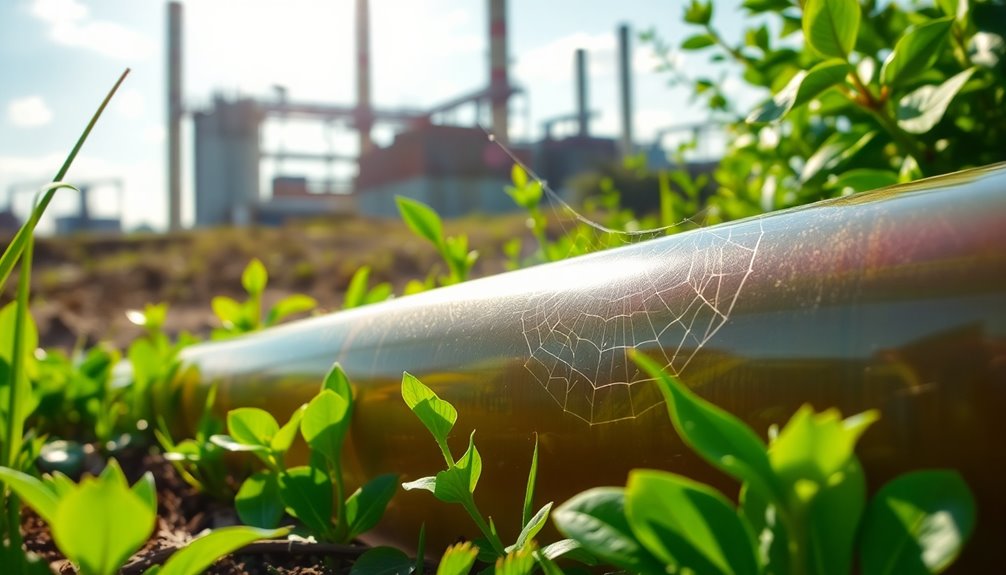
When you handle PVC products, it's crucial to be aware of the health risks associated with exposure to this material. PVC contains vinyl chloride, a toxic substance linked to increased risks of liver and lung cancers. Scientific evidence shows that exposure to phthalates, often found in PVC, can lead to reproductive and developmental issues, including deficits in child IQ and learning disabilities.
Moreover, DEHP, a common plasticizer in PVC, can leach into food, raising significant health concerns for anyone in close contact with these materials. The production of PVC also releases harmful dioxins, which accumulate in the food chain and pose long-term health risks to both humans and wildlife.
You should also note that skin contact with PVC can cause irritation or allergic reactions, emphasizing the potential for adverse health effects through daily exposure. Being mindful of these health risks can help you make informed choices about the products you use and the materials you allow in your home. Prioritizing safety is vital when it comes to materials that may seem harmless but carry hidden dangers.
Plumbing Failures in Older Homes

Many older homes still rely on PVC pipes for their plumbing systems, which can pose significant risks to your health and property. These pipes, commonly used throughout the U.S., can leach harmful chemicals like vinyl chloride into your drinking water. This toxic substance is a known carcinogen, raising concerns about its impact, especially on vulnerable populations such as pregnant individuals.
In addition to health risks, the aging PVC systems can lead to plumbing failures. Over time, these pipes can degrade, resulting in leaks or even complete failures. You might experience issues like low water pressure or inefficient hot water delivery, particularly if your HVAC system isn't configured properly. The cost of repairs can add up quickly, not to mention the potential for water damage to your home.
Advocacy groups are calling for the replacement of toxic PVC with safer alternatives such as recycled copper and stainless steel. It's crucial to consider these options for your plumbing system. By making informed choices, you can safeguard your home from the risks associated with outdated PVC plumbing and ensure a safer, healthier environment for you and your family.
Pvc's Widespread Usage Concerns
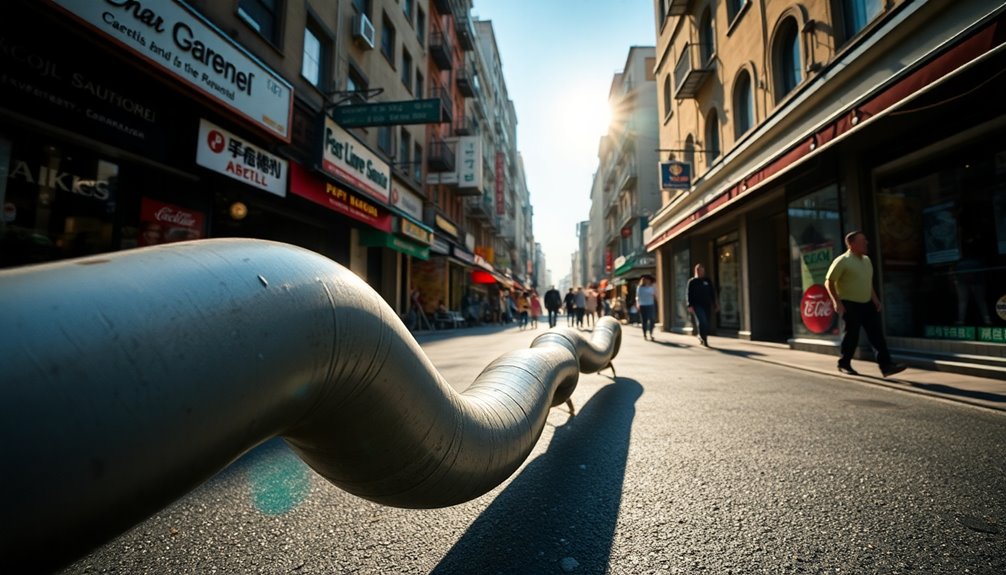
PVC's widespread usage raises significant concerns that can't be overlooked. As one of the most commonly used plastics globally, it's found everywhere from home construction to food packaging. However, its production involves Vinyl Chloride Monomer (VCM), a raw material that contributes to around 13 billion kg produced each year, bringing serious environmental and health risks.
You should be particularly cautious about PVC gloves, as studies show that one in seven tested contains toxic phthalates. These harmful substances can leach into food, posing risks not just to consumers, but also to workers handling these products. Furthermore, PVC is classified as Plastic #3, complicating recycling efforts. Due to a lack of proper facilities, much of it ends up in landfills, causing long-term ecological damage.
The production process for PVC also releases harmful pollutants like dioxins, which harm communities near manufacturing sites. Given these factors, it's essential to be aware of PVC's presence in everyday items and advocate for safer alternatives. Your health and the environment depend on it.
Frequently Asked Questions
What Are the Effects of PVC Exposure?
Exposure to PVC can lead to several health issues you should be aware of. You might face an increased risk of cancers, particularly liver and lung cancer, due to its carcinogenic components. If you come into contact with PVC, skin irritation or allergic reactions could occur. Additionally, the chemicals in PVC can disrupt your endocrine system, potentially causing developmental issues in children and reproductive health concerns in pregnant women. It's crucial to minimize your exposure.
Can PVC Be See Through?
Yes, PVC can be see-through. You'll find clear PVC in many everyday products, like packaging and display cases, where visibility is crucial. Its clarity rivals that of glass, making it a popular choice for items like shower curtains and vinyl banners. However, while it's versatile and durable, keep in mind that clear PVC may contain harmful chemicals, which can pose health risks, especially in food-related applications. Always check product information for safety.
Can PVC Pipe Be Exposed?
Yes, PVC pipe can be exposed. In fact, it's often used in visible plumbing applications, such as under sinks or in basements. While it's durable and resistant to corrosion, you need to be aware of potential health risks associated with prolonged exposure. If you've got concerns about chemicals leaching into your water, consider checking for any signs of wear or damage, and think about exploring safer alternatives for your plumbing needs.
Why Are Metals Covered With PVC?
You'll find metals covered with PVC for several important reasons. First, it provides insulation, protecting you from electrical shocks. Second, the PVC coating enhances corrosion resistance, which means your metal components last longer in harsh conditions. Its flexibility allows it to fit snugly around various shapes, making it ideal for complex applications. Overall, using PVC-coated metals improves safety and durability in construction, plumbing, and many other industries.




